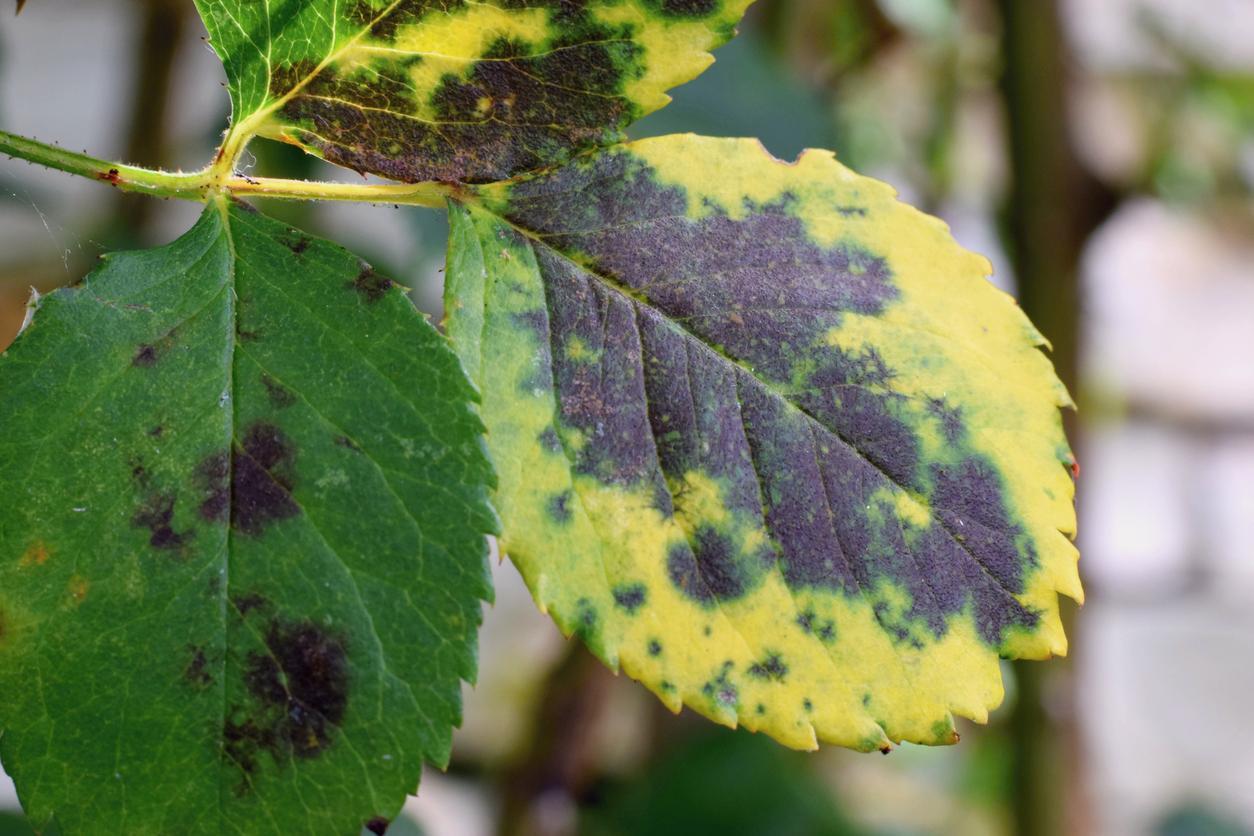Introduction
Ensuring the optimal health of plants is paramount for any gardener or plant enthusiast. However, encountering blackened leaves can be distressing and indicative of underlying issues. In this article, we delve into the various factors that can cause leaves to turn black, offering insights into environmental, nutritional, and pest-related concerns.
Environmental Factors
Temperature Extremes
Fluctuations in temperature can significantly impact plant health, leading to blackened leaves in certain circumstances. Exposure to cold temperatures can result in frost damage, causing cell membranes to rupture and leaves to turn black. Conversely, prolonged exposure to high temperatures can induce heat stress, leading to leaf scorch and necrosis.
Humidity Levels
Humidity plays a crucial role in maintaining plant turgidity and facilitating essential physiological processes. Excessive moisture levels, particularly in poorly-drained soils or humid environments, can create favorable conditions for fungal pathogens to thrive, resulting in blackened leaves due to diseases like black spot or powdery mildew. On the other hand, low humidity levels can lead to desiccation and leaf necrosis, especially in plants with high moisture requirements.
Nutritional Imbalances
Nutrient Deficiencies
A deficiency in essential nutrients can compromise plant health and manifest in various symptoms, including blackened leaves. For instance, nitrogen deficiency can cause chlorosis, followed by necrosis, resulting in blackened leaf margins or overall discoloration. Similarly, inadequate potassium levels can impair the plant’s ability to regulate water uptake and nutrient transport, leading to necrosis and blackened patches on leaves.
Nutrient Excesses
While nutrients are essential for plant growth, excessive concentrations can have detrimental effects, including leaf blackening. Over-fertilization, particularly with nitrogen-rich fertilizers, can result in nutrient imbalances and toxicity, causing leaf burn and necrosis. Additionally, an imbalance in micronutrients such as iron or manganese can lead to chlorosis and subsequent blackening of leaves.
Disease and Pest Infestations
Fungal Diseases
Fungal pathogens pose a significant threat to plant health, often causing blackened lesions or spots on leaves. Common fungal diseases such as black spot and powdery mildew can proliferate in humid conditions, infecting plant tissues and leading to leaf discoloration and necrosis. Effective management strategies, including proper sanitation and fungicidal treatments, are essential for controlling fungal infections.
Bacterial Infections
Bacterial pathogens can also contribute to leaf blackening, particularly through diseases like bacterial leaf spot or fire blight. These infections typically result in dark, water-soaked lesions on leaves, which may eventually turn black as the disease progresses. Implementing preventive measures such as pruning infected tissues and applying copper-based bactericides can help mitigate bacterial infections.
Pest Damage
In addition to diseases, pest infestations can cause damage to plant tissues, resulting in blackened leaves. Sap-feeding insects like aphids and spider mites can weaken plants and transmit pathogens, leading to necrosis and discoloration of leaves. Timely intervention through the use of insecticidal soaps or natural predators can help manage pest populations and prevent further damage.
Remedial Measures
Environmental Adjustments
Maintaining optimal environmental conditions is crucial for preventing leaf blackening due to temperature or humidity-related issues. Implementing measures such as providing adequate ventilation, mulching to regulate soil moisture, and providing shade during periods of intense heat can help alleviate stress on plants and reduce the risk of leaf damage.
Nutritional Supplementation
Addressing nutrient deficiencies or imbalances requires a comprehensive approach, starting with soil testing to identify specific nutrient deficiencies. Based on the results, amendments such as organic compost or targeted fertilization can be applied to replenish deficient nutrients and restore plant health. However, it is essential to avoid over-fertilization, as this can exacerbate nutrient imbalances and lead to further leaf blackening.
Disease and Pest Management
Effective management of diseases and pests involves a combination of cultural, biological, and chemical control methods. Pruning affected leaves and implementing proper sanitation practices can help reduce disease pressure and prevent the spread of pathogens. Additionally, the application of organic or chemical treatments, such as fungicides or insecticides, can be employed to manage severe infestations and protect plant health.
In conclusion, identifying the underlying causes of blackened leaves is crucial for implementing targeted remedial measures and restoring plant vitality. By addressing environmental stressors, nutritional imbalances, and pest-related issues, gardeners can mitigate leaf blackening and promote overall plant health and vigor.

